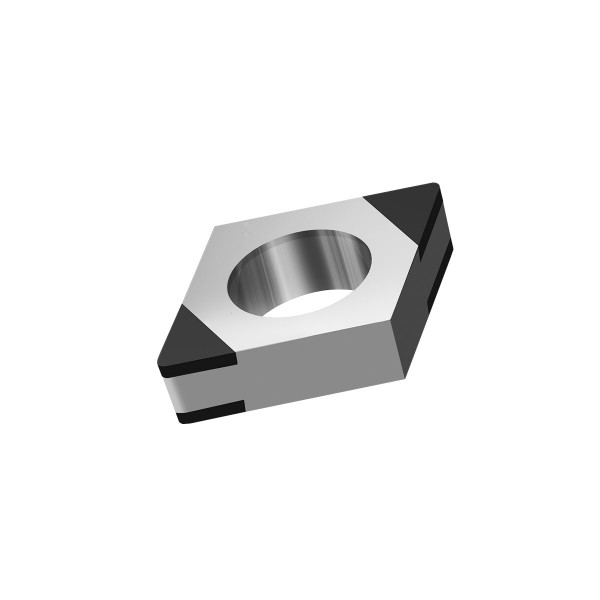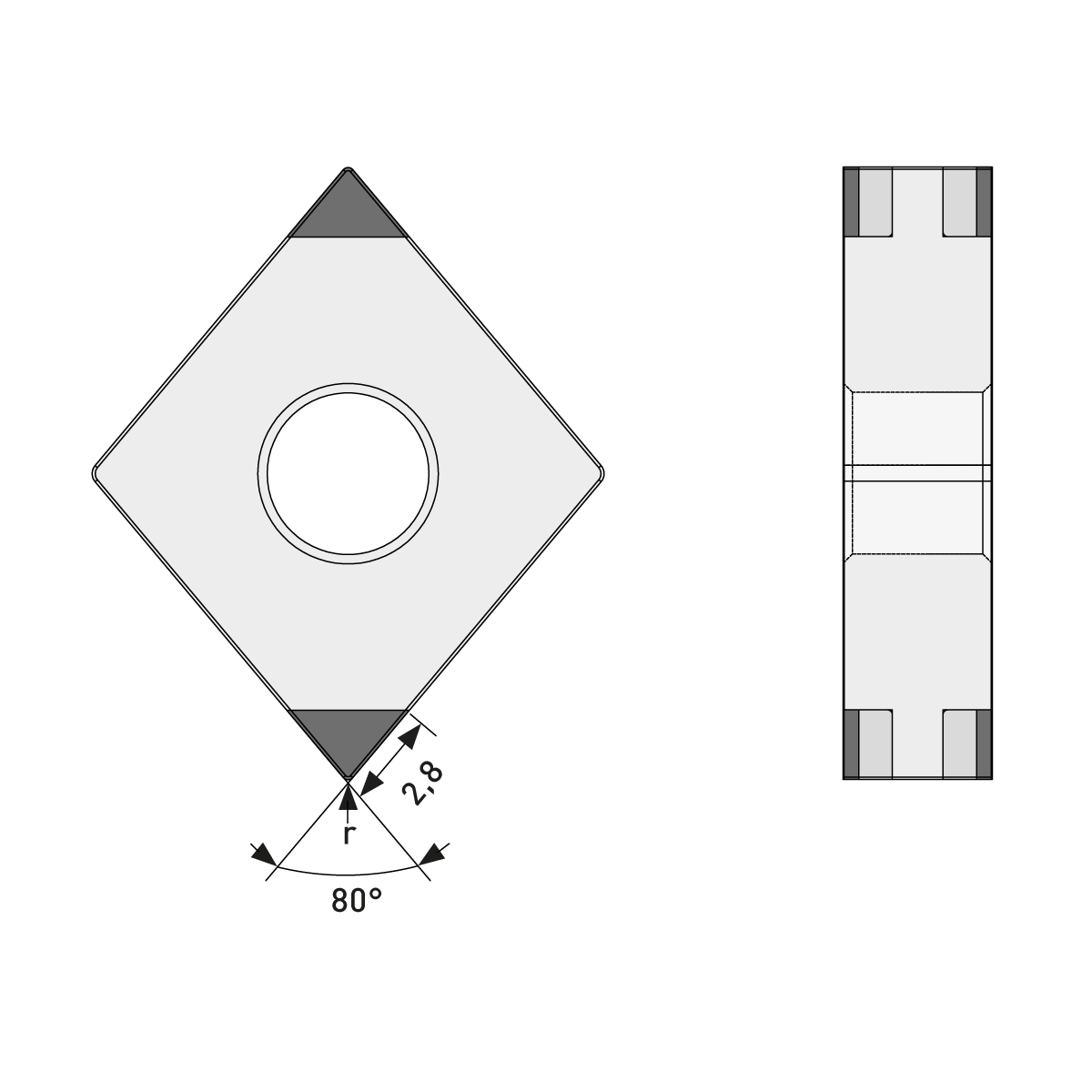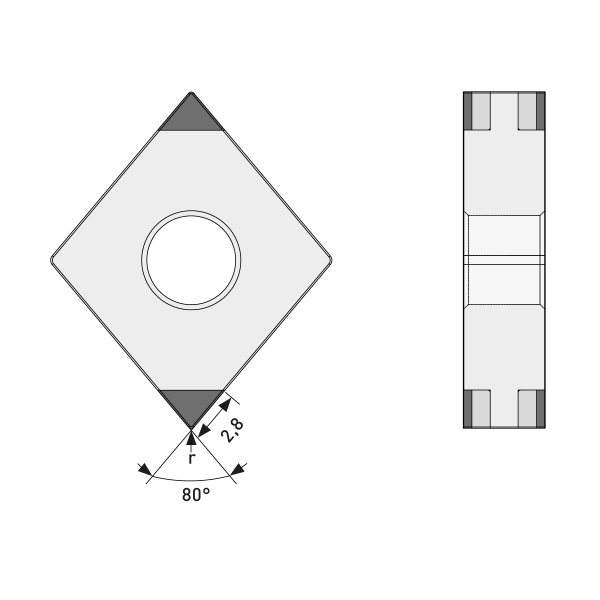Cookie preferences
This website uses cookies, which are necessary for the technical operation of the website and are always set. Other cookies, which increase the comfort when using this website, are used for direct advertising or to facilitate interaction with other websites and social networks, are only set with your consent.
Configuration
Technically required
These cookies are necessary for the basic functions of the shop.
"Allow all cookies" cookie
"Decline all cookies" cookie
Affiliate code
CSRF token
Cookie preferences
Currency change
Customer-specific caching
Individual prices
PayPal payments
Selected shop
Session
Comfort functions
These cookies are used to make the shopping experience even more appealing, for example for the recognition of the visitor.
Note
Statistics & Tracking
Affiliate program
Track device being used
CNGA 120404 CBN-X90
4-edge-tipped | Wiper
Technical details:
| Cutting material: | CBN |
| CBN grade: | X90 |
| ISO basic shape: | C (80°) |
| Clearance angle: | N (0°) |
| Tolerance: | G |
| Plate type: | A |
| Plate size: | 12 |
| Plate thickness: | 04 (4,76 mm) |
| Radius: | 04 r=0,4 |
| Radius tolerance: | ± 0,015 mm |
| Wiper: | Yes |
| Teeth-count: | 4-edge-tipped |
| Cutting edge length SKL: | 3,00 mm |
| Cutting edge version: | edge-tipped |
| Application area: | Turning |
Application range:
- Carbide >20% Co
- Cold work steel, hardened to 72 HRC
- Hot work tool steel, hardened to 72 HRC
- HSS
- Special alloys such as, ASP, CPM, Hardox S390 up to 72 HRC
- Stainless steel, hardened
- Stellite
- Tool steel, hardened up to 72 HRC
Cutting Condition:
- Slightly interrupted cut
- Smooth cut

What is a Wiper insert?
Our wiper inserts have a trailing edge at the radius outlet.
Advantages of using wiper geometry:
- Improvement of the surface finish
With the same feed rate, you achieve 2-4 times better surface quality with our wiper geometry. - Reduction of the cycle time
With the same surface quality, the feed rate can be increased by 2-4 times, thus reducing the machining time.

Hint:
To use the Wiper-Edge in the best possible way, the following angles of attack on the machine must be considered:
| C-Insert | 95° |
| D-Insert | 93° |
| T-Insert | 91° |
| W-Insert | 95° |







